NASA has published a series of images taken by the LRO device. They demonstrate the crater left after the fall of an unknown rocket stage to the Moon. This event took place on March 4, 2022.
Mysterious Rocket Stage
Recall that at the end of January this year, the participants of the program Project Pluto, within which the tracking of near-Earth objects of both natural and artificial origin is carried out, made an interesting statement. Their calculations showed that on March 4, 2022, a spent rocket stage will fall on the far side of the Moon. During subsequent observations, astronomers were able to photograph the stage and confirm the correctness of the calculations.
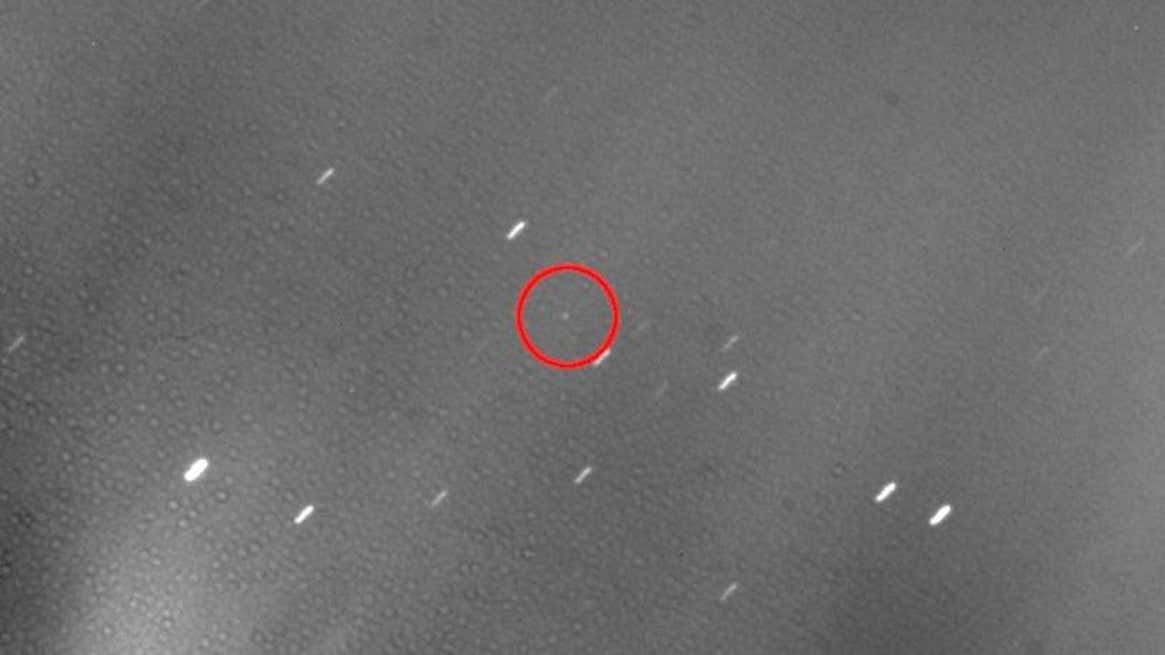
Initially, it was reported that the unknown stage is part of the Falcon 9 used to launch the DSCOVR satellite in February 2015. But then it turned out that an error occurred when determining its ownership, and it is not part of the Falcon 9, but of a completely different carrier. The next candidate was the third stage of the Chinese Changzheng-3C rocket. It was used to launch the Chang’e-5T1 probe in October 2014. Shortly after, the Chinese Foreign Ministry announced that the unknown stage was not part of the Chinese lunar mission. At the same time, the US military confirmed that the third stage of the Chang’e-5T1 did not burn up in the earth’s atmosphere, but is still in interplanetary space.
Unusual double crater
Since the point of fall of the stage was on the far side of the Moon, terrestrial astronomers could not observe this event. However, the LRO probe, located in a selenocentric orbit, photographed the estimated impact area, after which the researchers began searching for the remaining crater. And after several months of searching, they managed to find it.
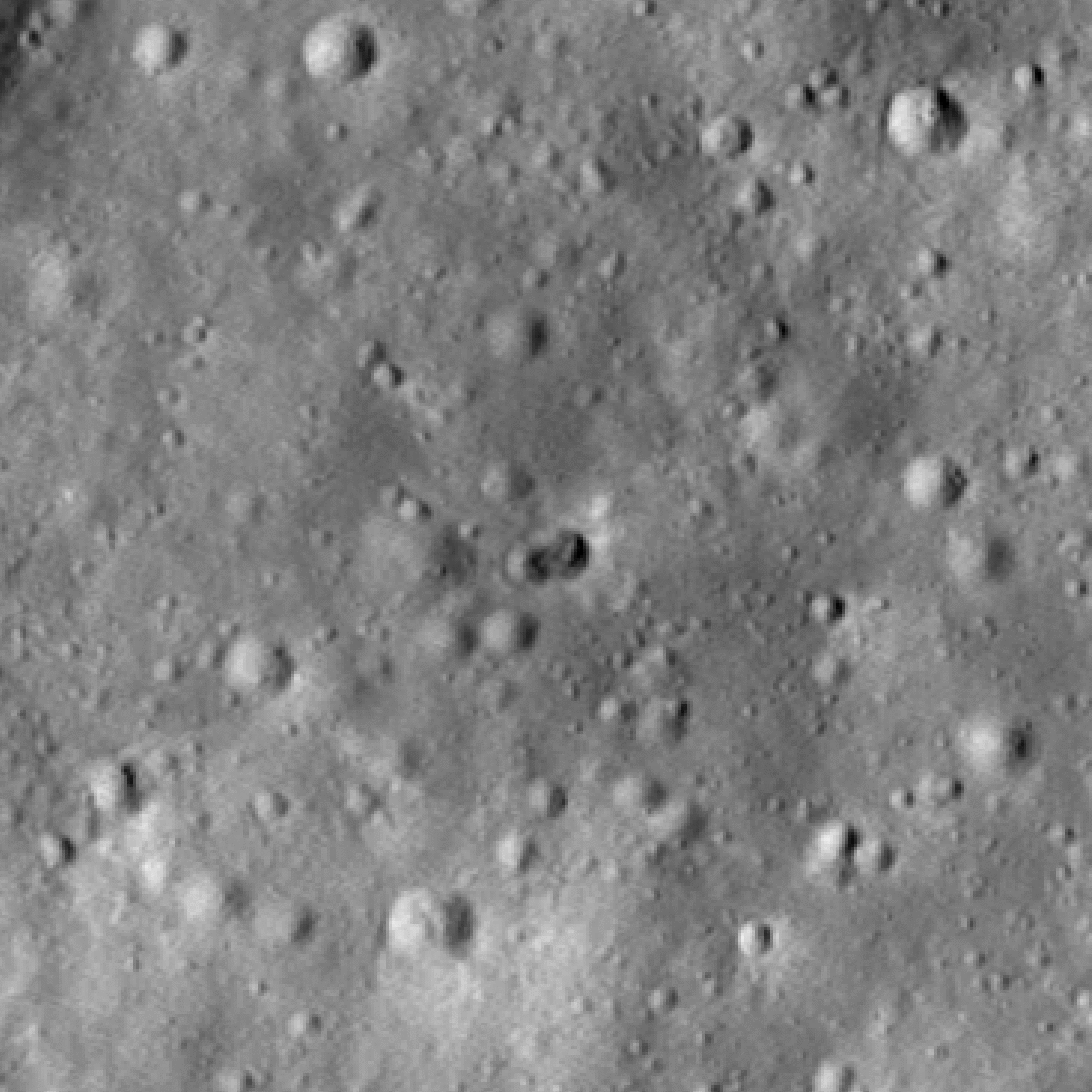
It turned out that the fallen stage left a double crater. One of them has a diameter of 18 meters. It overlapped with a smaller 16-meter crater.
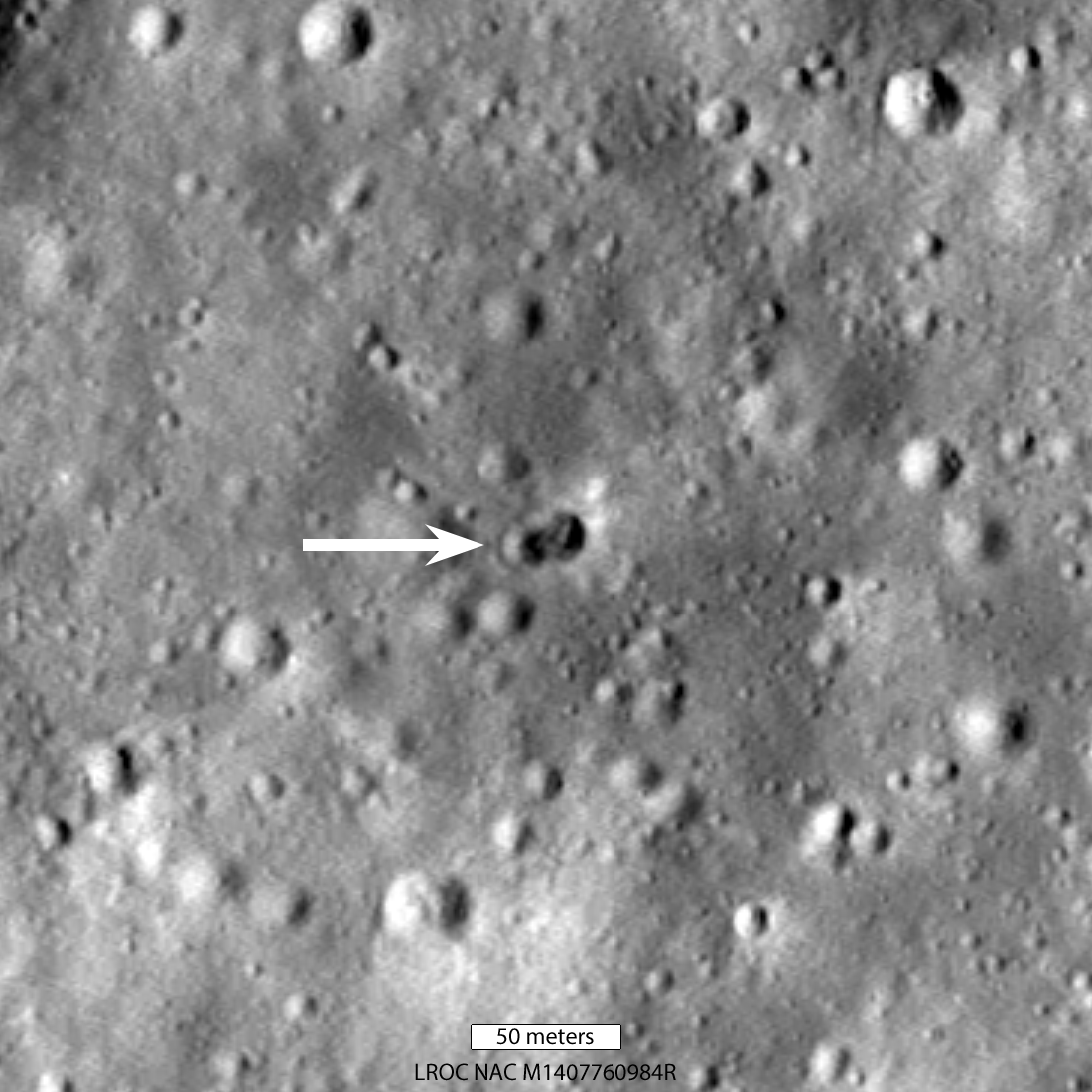
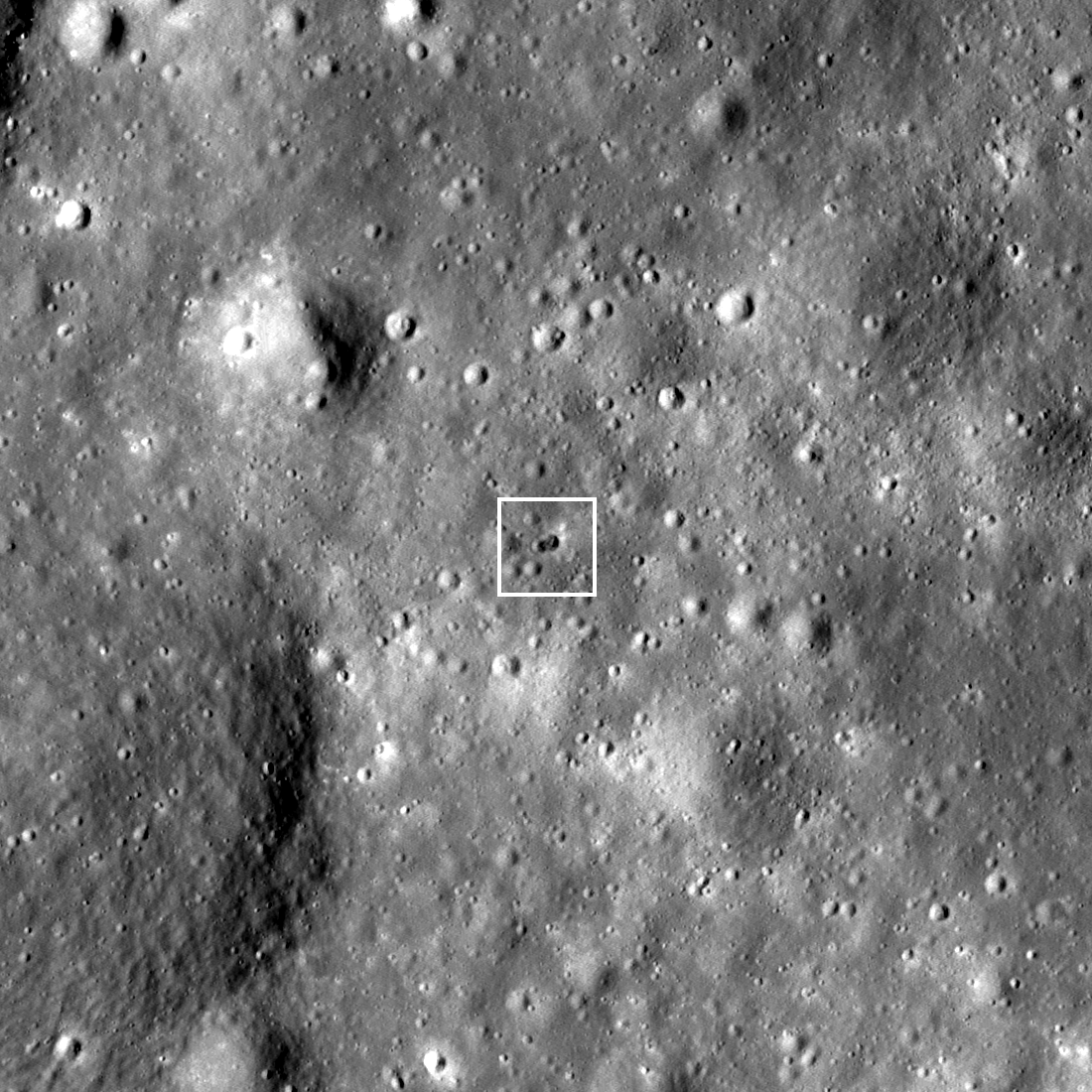
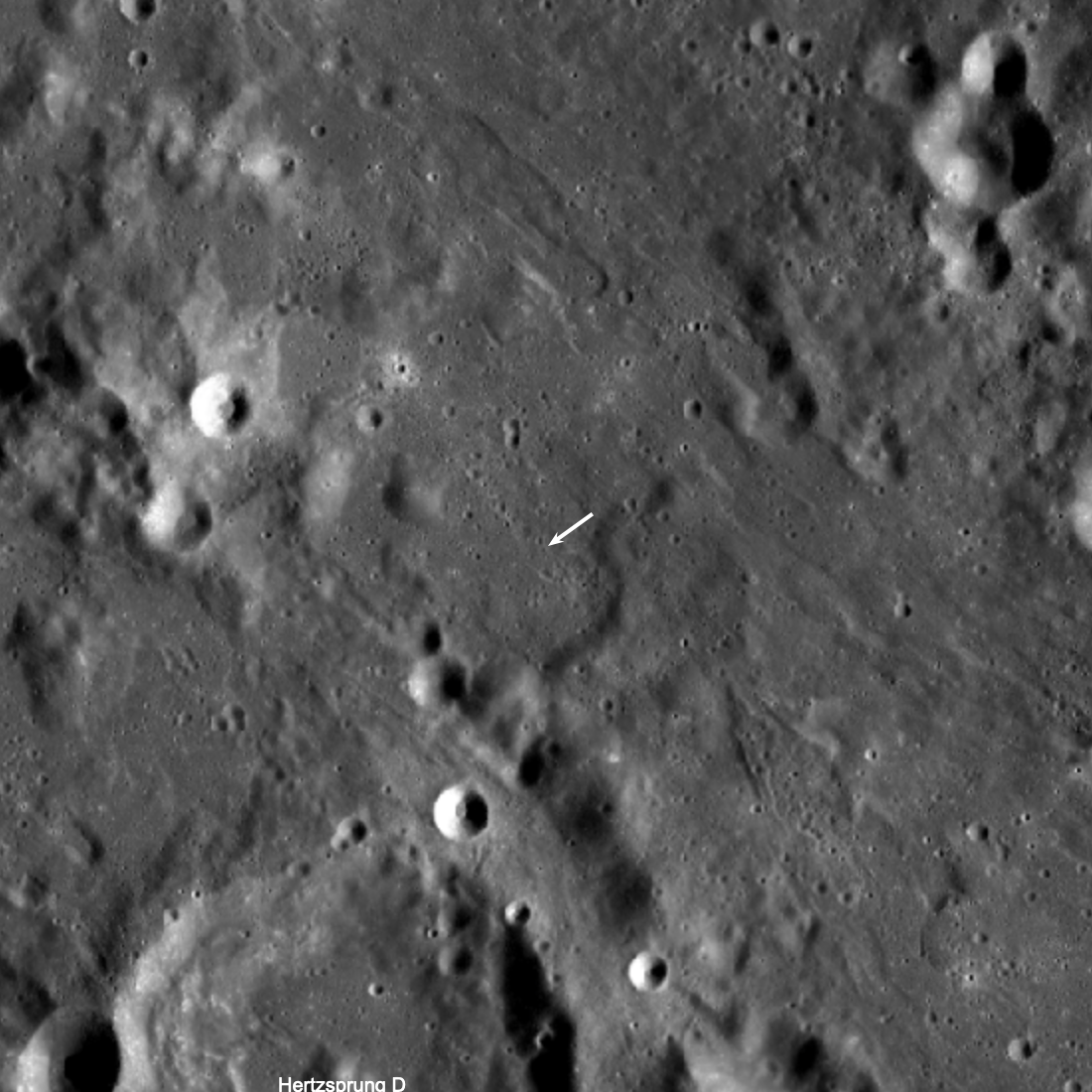
The discovery surprised the researchers very much. All the previous craters that remained after the fall of the spent stages to the Moon had, although sometimes somewhat irregular, but still a single shape. As an example, we can cite the funnels left after the fall of the upper stages of Saturn V. They had a diameter of about 35 meters (with a stage length of 17.8 meters and a dry weight of 13.5 tons).

Usually, the mass of the spent rocket stage is concentrated in the tail, where the engine is installed, and the rest is an empty (correspondingly light) fuel tank. Therefore, when it falls, an ordinary crater is formed. According to scientists, the double shape of the funnel may indicate that the stage body had a large mass at each end, which may correspond to the presence of a payload unit that either did not separate or was originally part of the stage. Perhaps this will give the key to determining its origin.
According to https://www.nasa.gov
Follow us on Twitter to get the most interesting space news in time
https://twitter.com/ust_magazine

